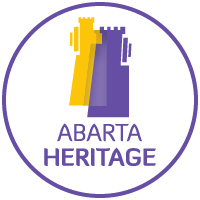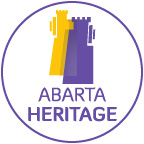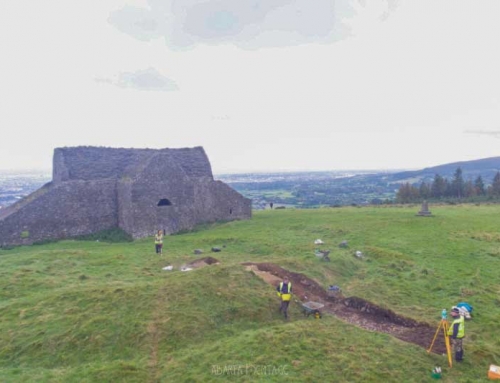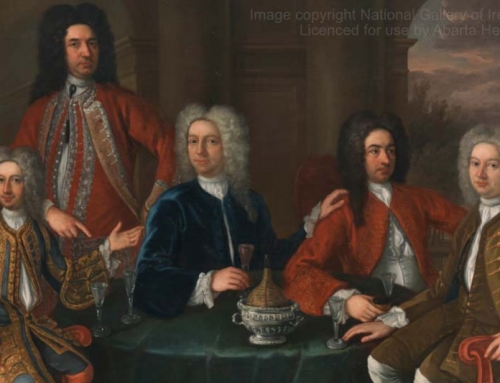Possible Future Phases of the Hellfire Club Archaeological Project
Though the project so far has discovered a lot of information about the site, there is still so much to learn about the archaeology, history and natural environment of Montpelier Hill. This project to date has only focused on one small aspect of the overall story, and it is clear that further research, survey and possibly targeted excavation would be required to gain a more comprehensive insight into the archaeological landscape of this remarkable place.
Some Recommendations to Consider
Some recommendations and strategies for potential future projects should consider:
- Carrying out a detailed survey of the eighteenth century landscape features and identification of the surviving remains of the deerpark.
- Conducting a detailed archaeological survey and investigation into the smaller possible tomb, and the large enclosure on the eastern flank of Montpelier Hill.
- A thorough examination and survey (including laser-scanning and photogrammetric survey of the building). This may help to see if any elements from the passage tomb can be identified. Furthermore, this survey may also highlight any structural issues that the building had and allow for timely conservation intervention.
- Further targeted excavation of the large tomb to identify the size and shape of the burial chamber. Furthermore, the excavation strategy should also aim to establish if a passageway orientation can be identified.
- To engage specialists to conduct a palaeoenvironmental study of the Dublin Mountains. The story of the Dublin Mountains could be far better understood if a detailed programme of environmental study was to be undertaken. This may reveal insights on the vegetation history, landscape use and climatic change over the centuries.
You can find the detailed recommendations in Chapter 13 of the free digital publication: Sacred Skies and Earthly Sinners (see pages 261 to 264).
Continuing to Uncover the Story of the Hellfire Club
We hope to establish a steering committee to help to inform and design any future phases of the project. This prospective steering committee will consist of prehistorians, archaeologists, historians with an interest in the eighteenth century, folklorists and other stakeholders. Any future work will be carried out under licence and to best-practice standards. Furthermore, all future phases will continue to be carried out with public engagement and education at the heart of the project.



